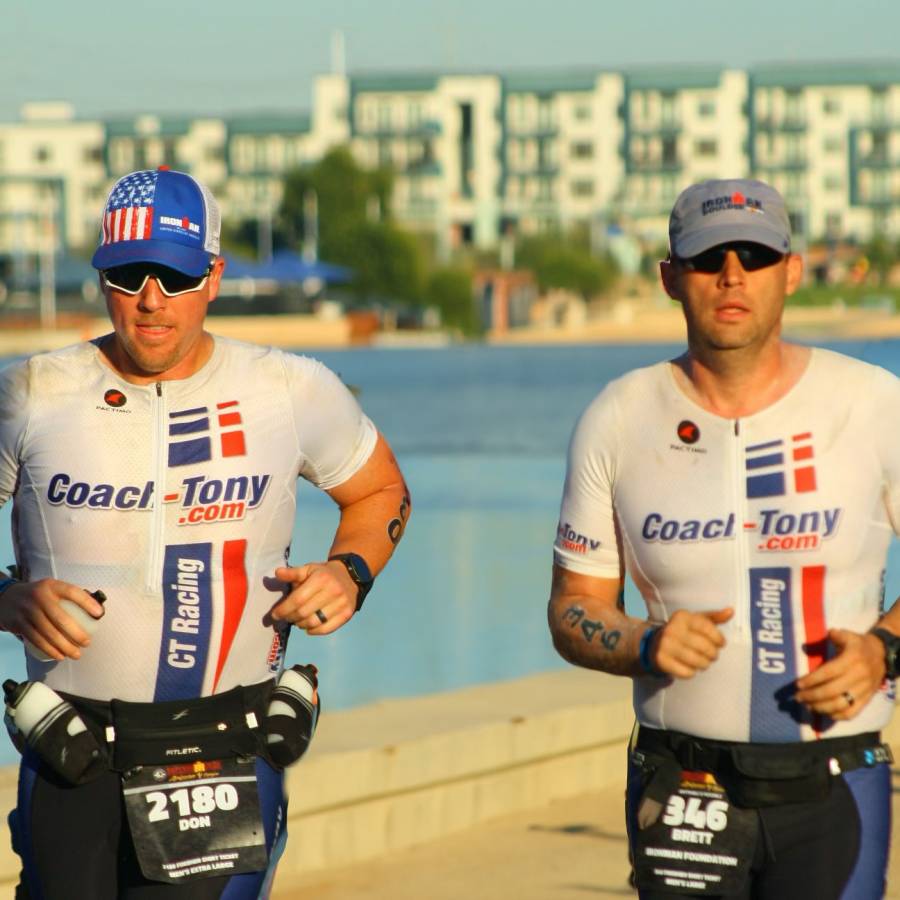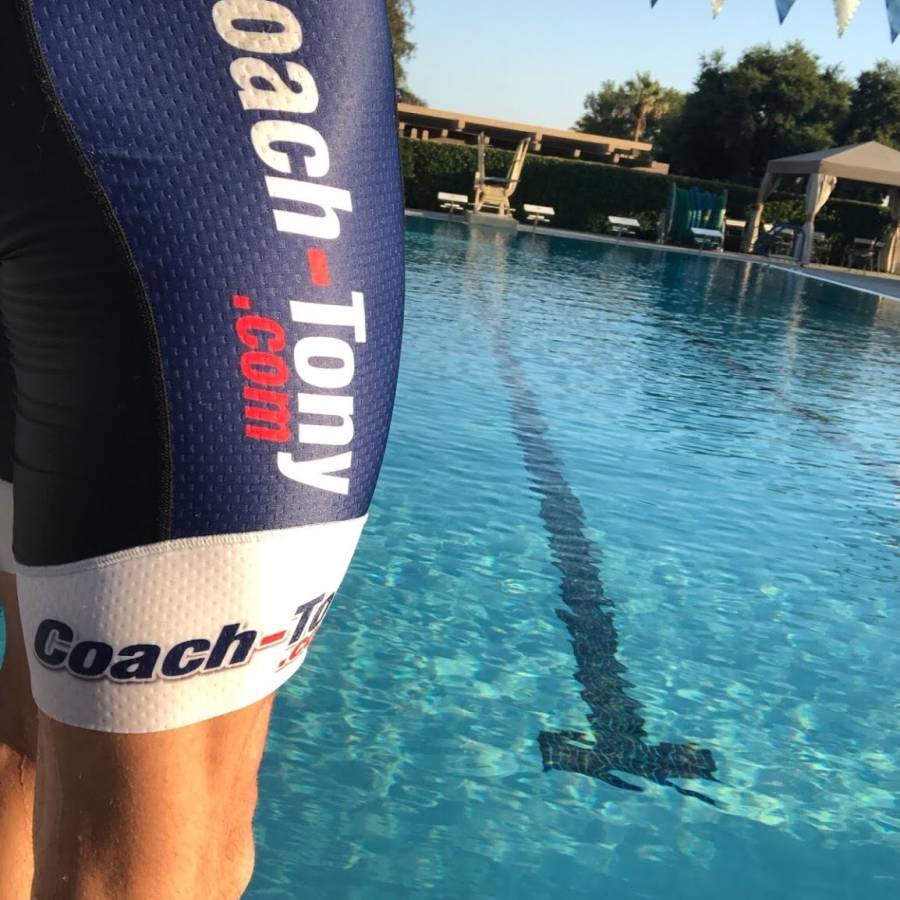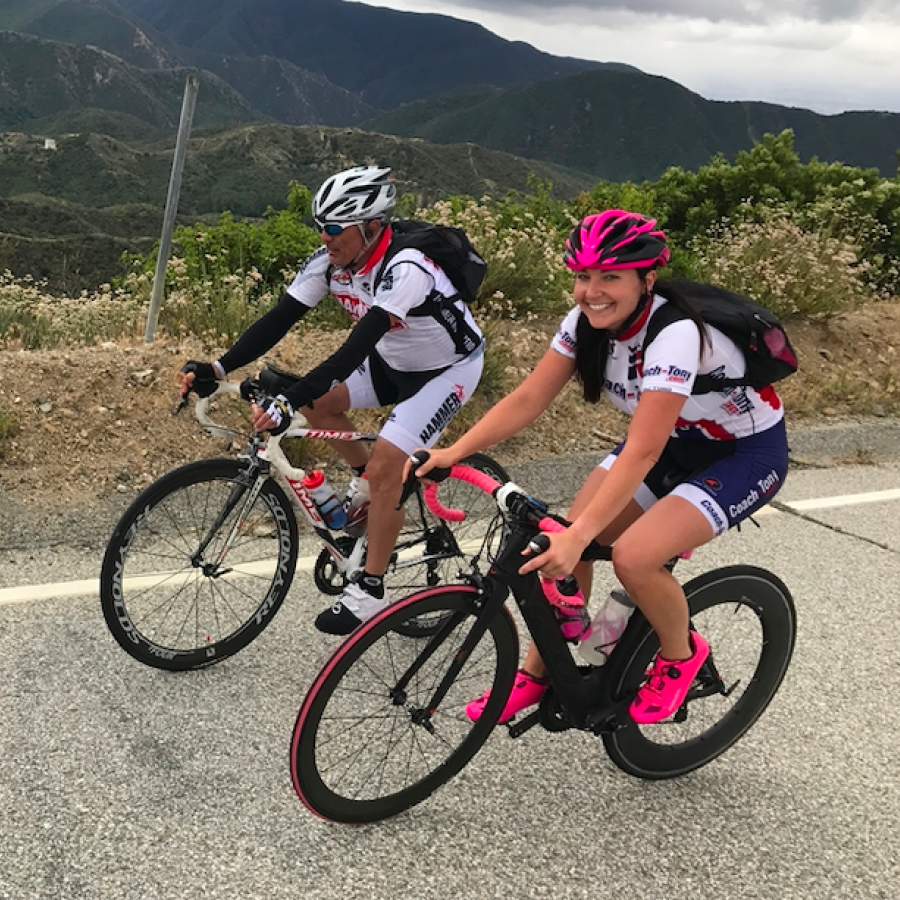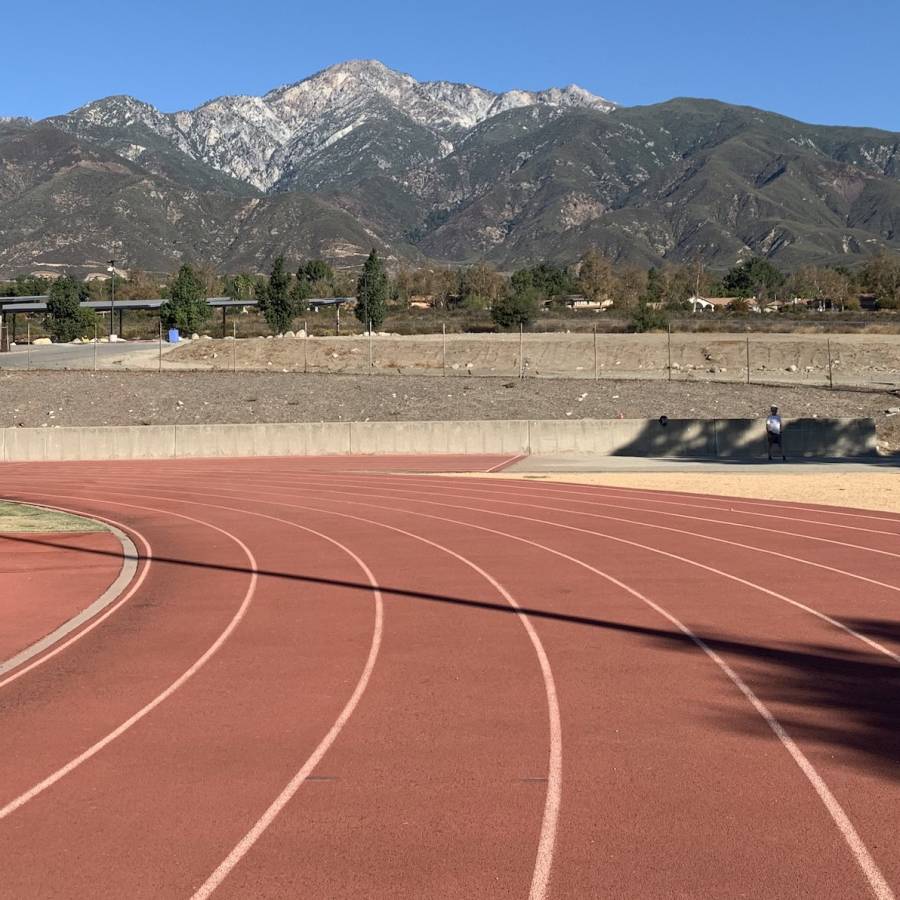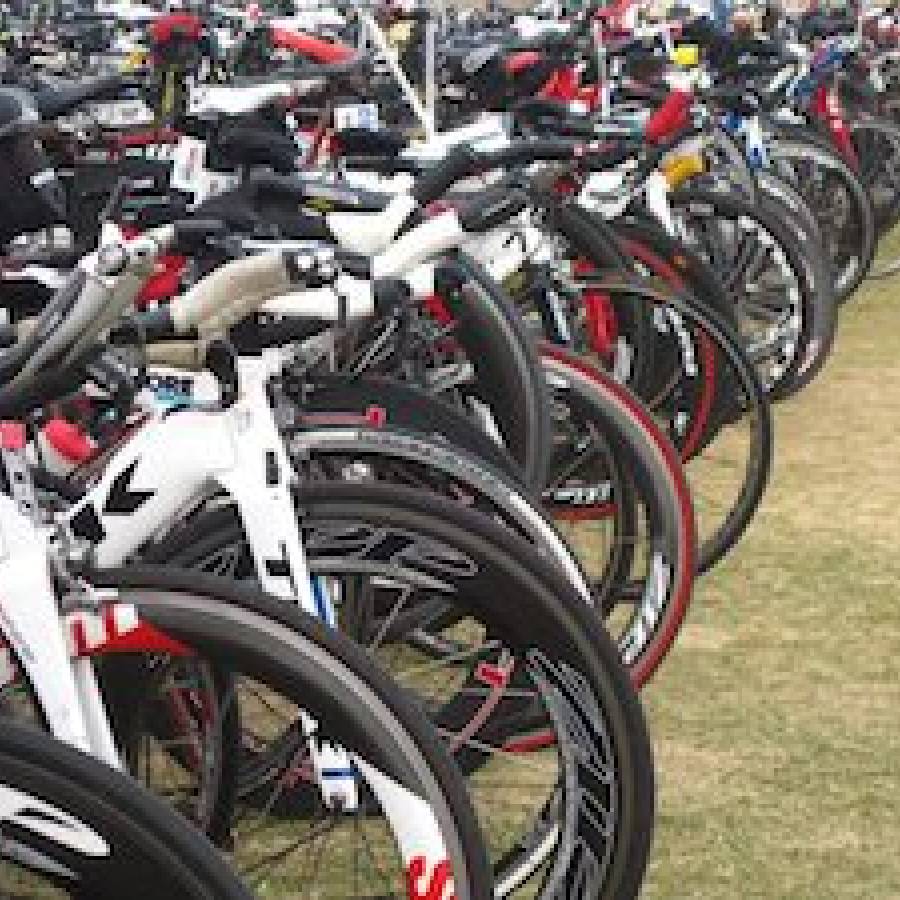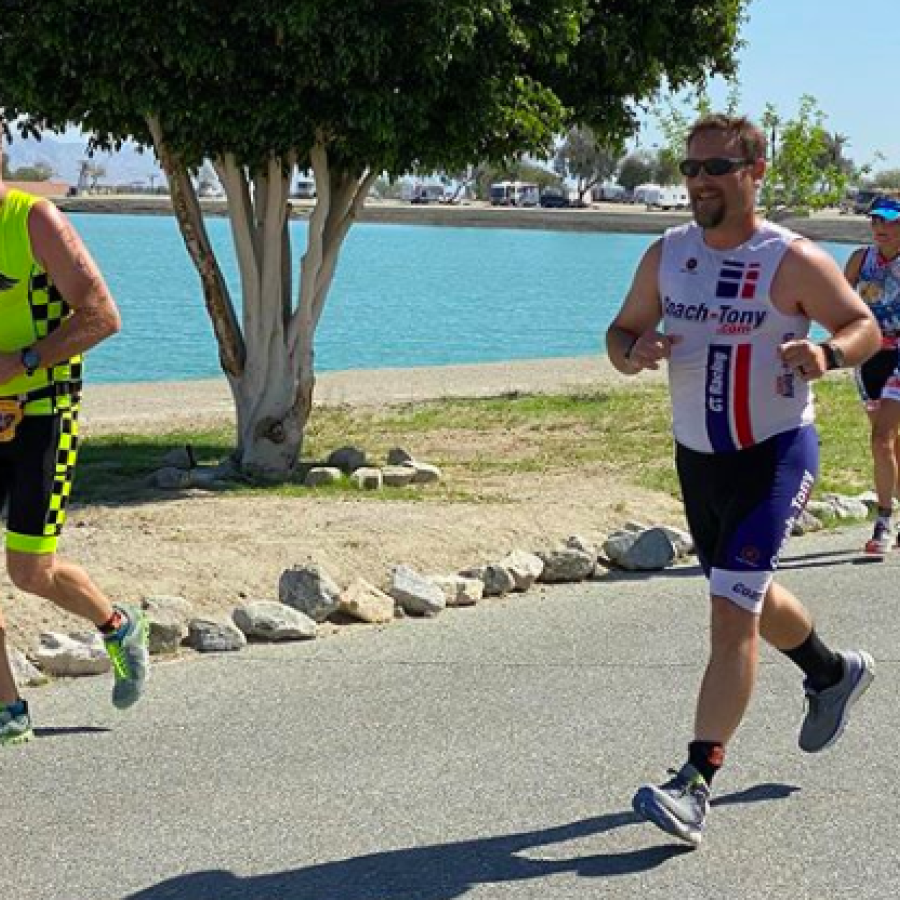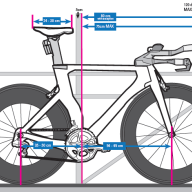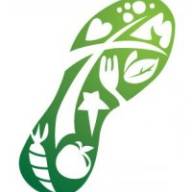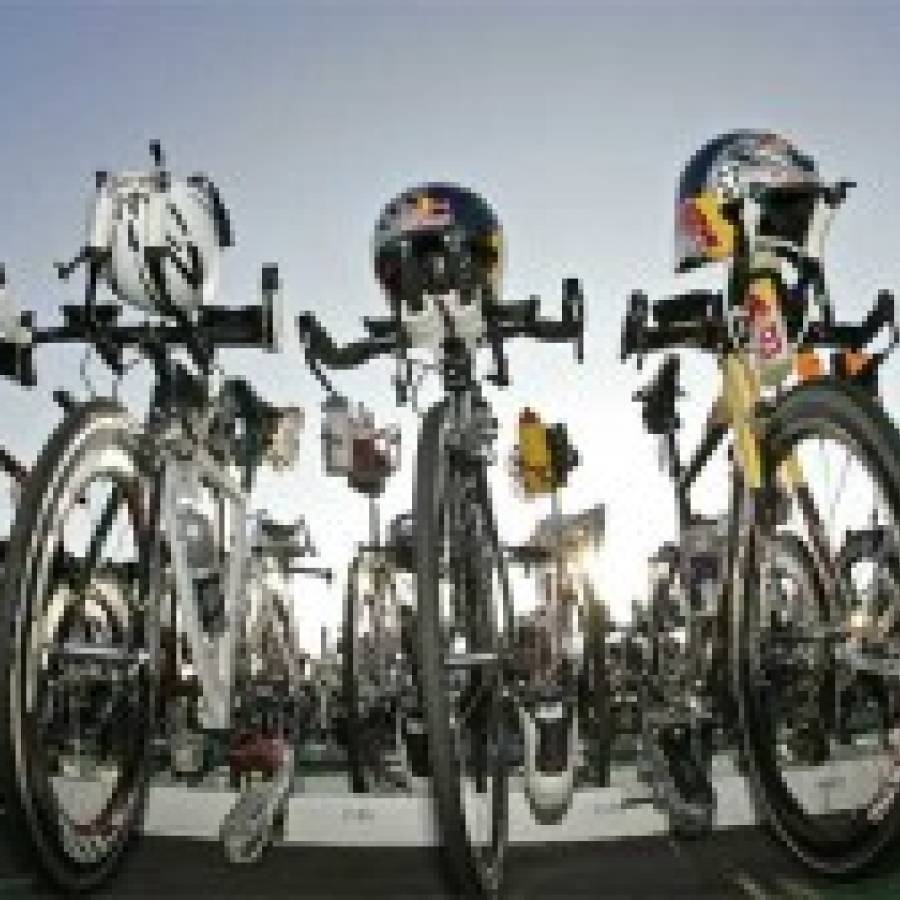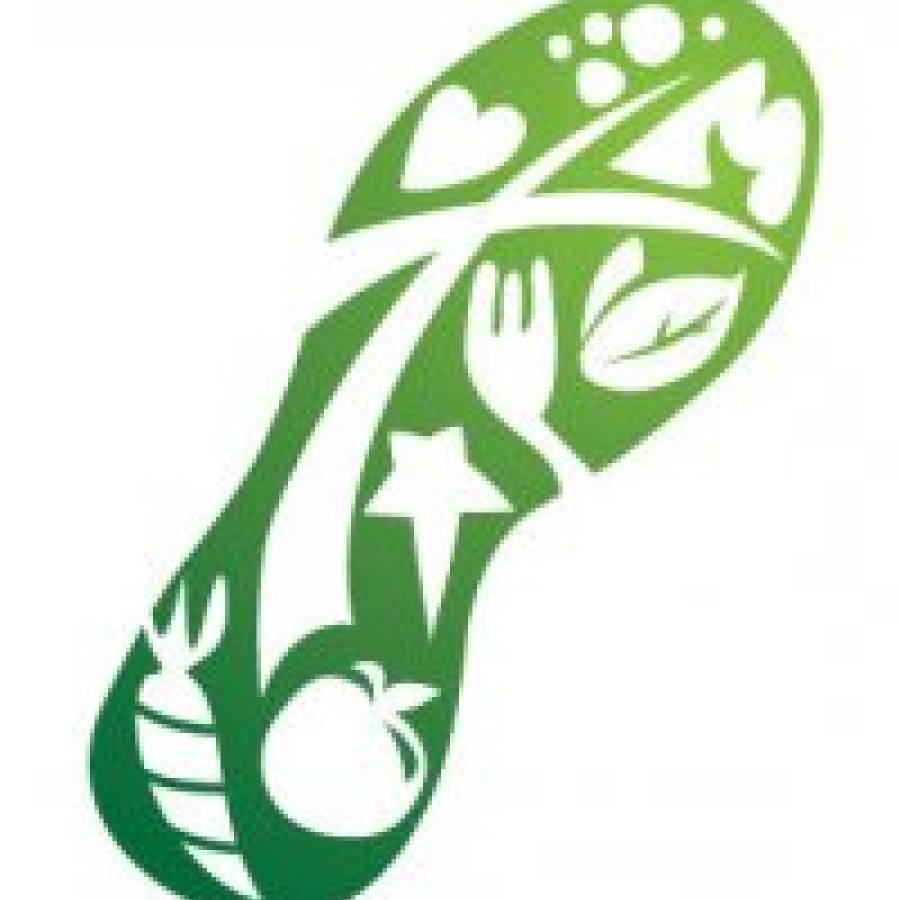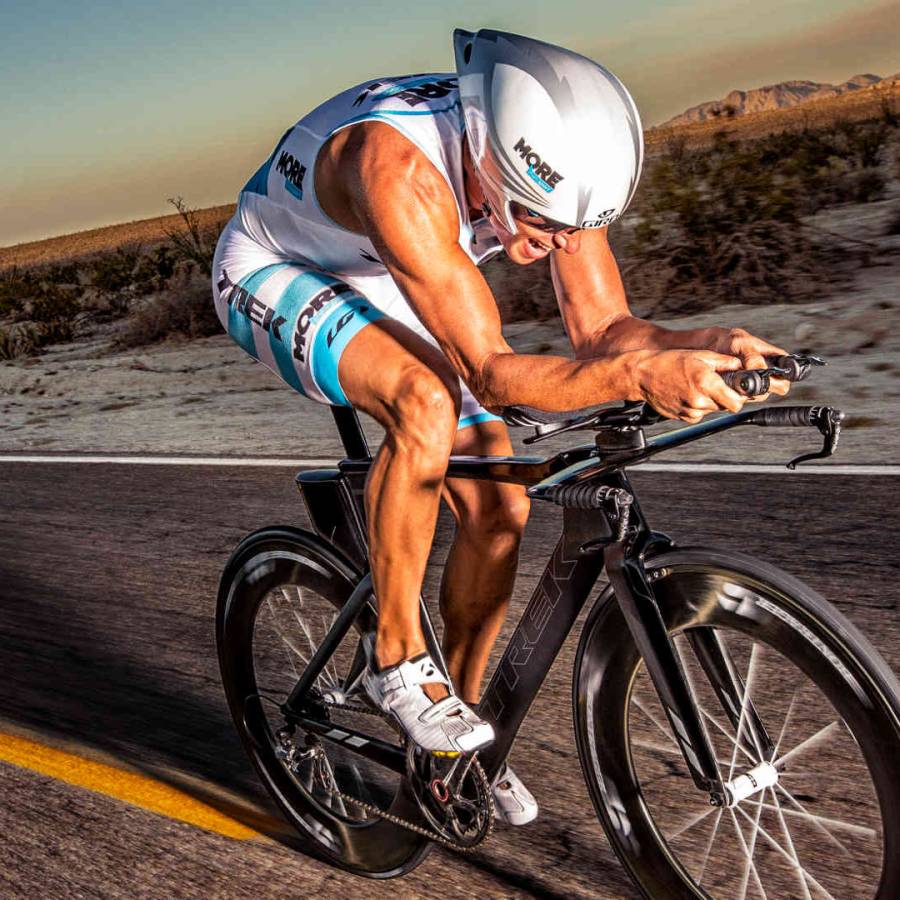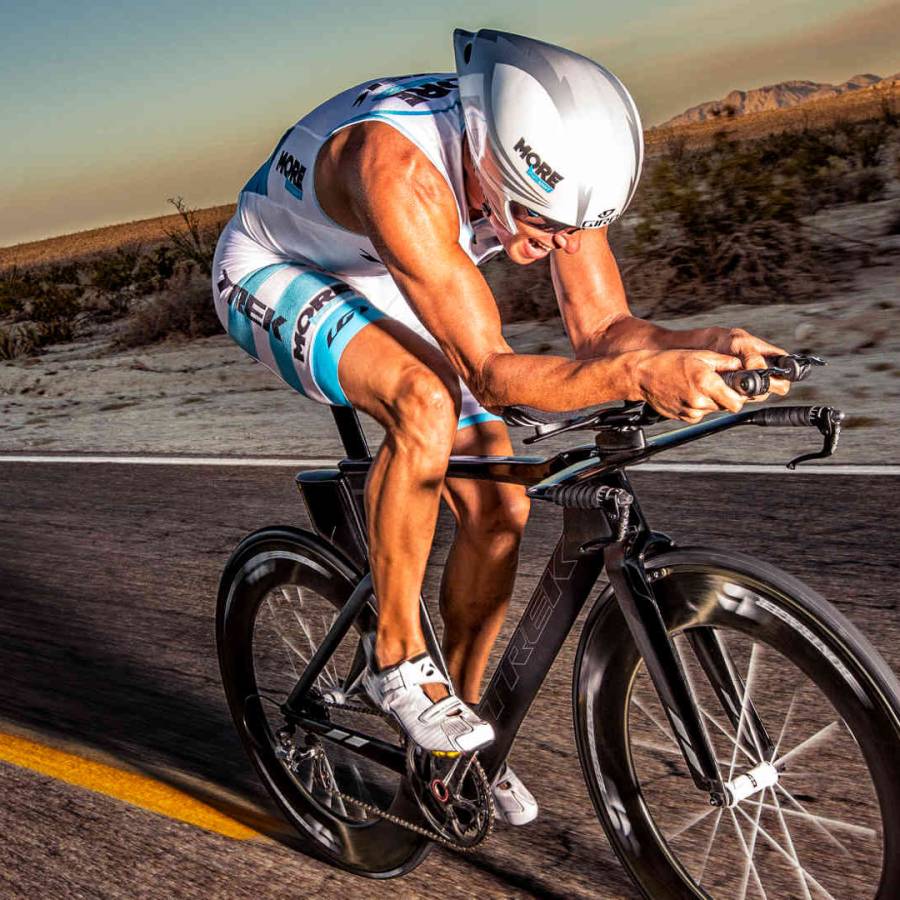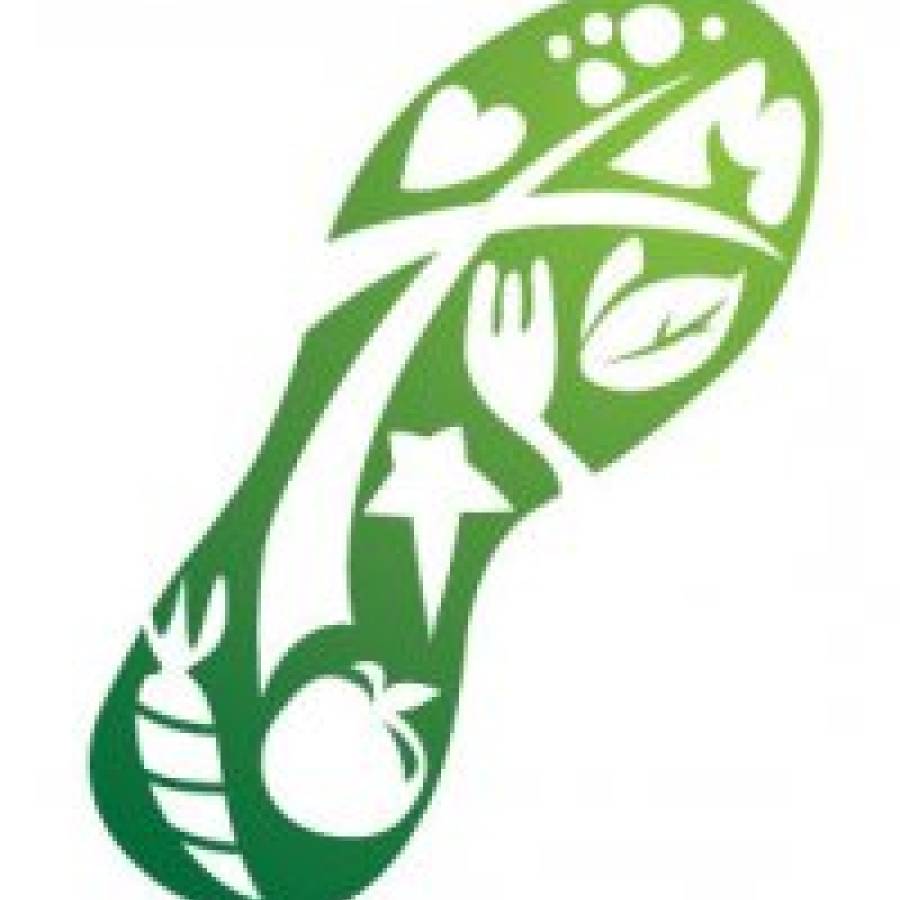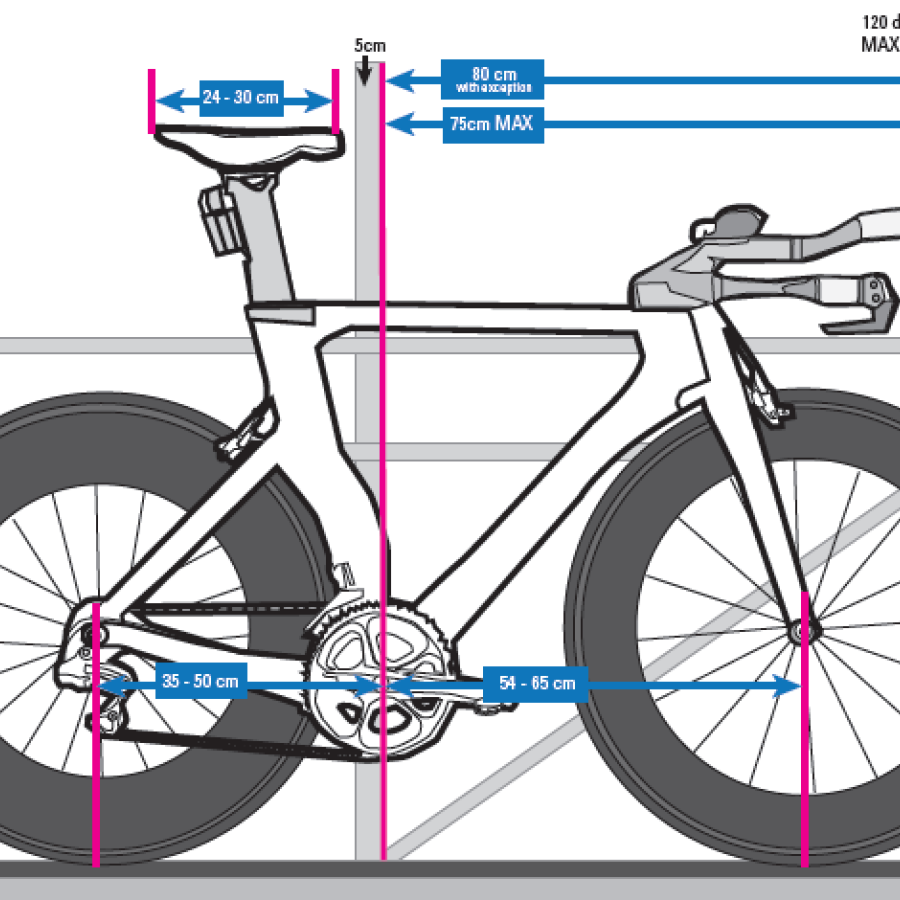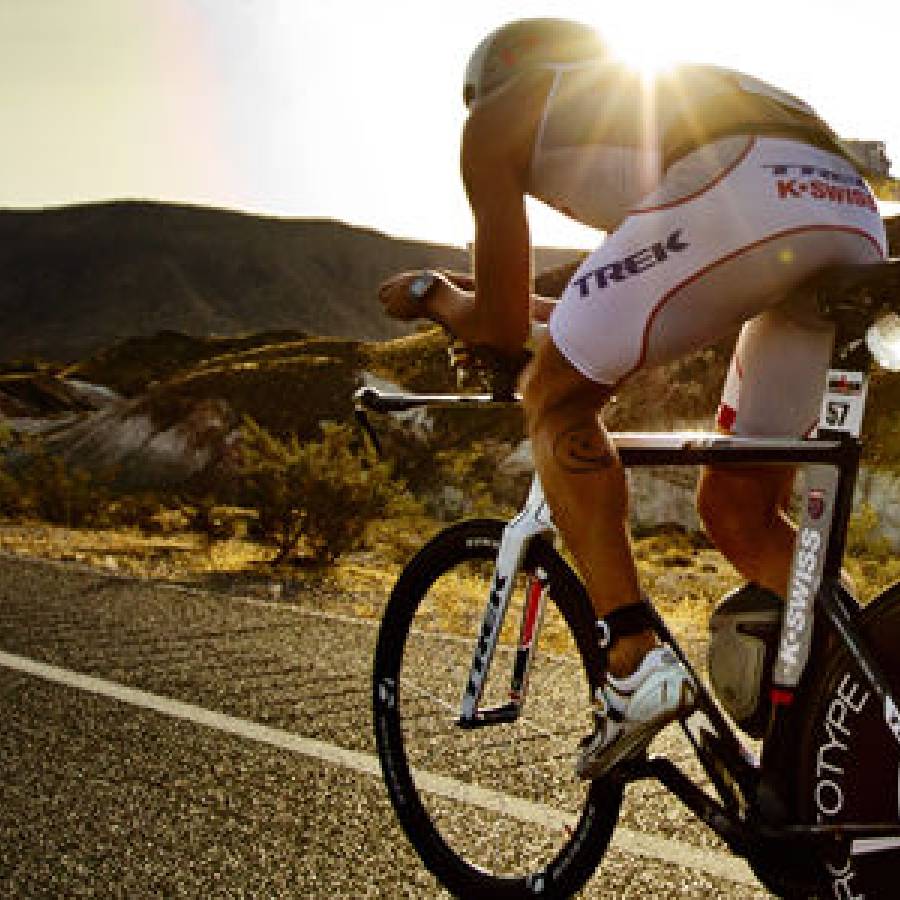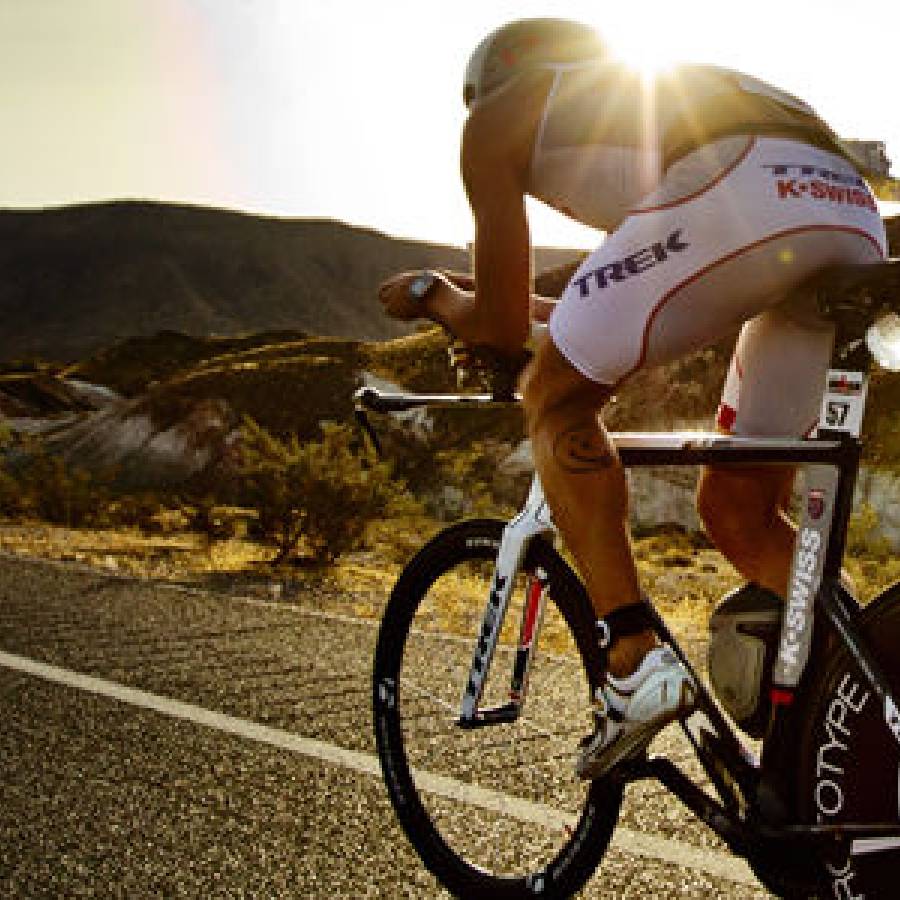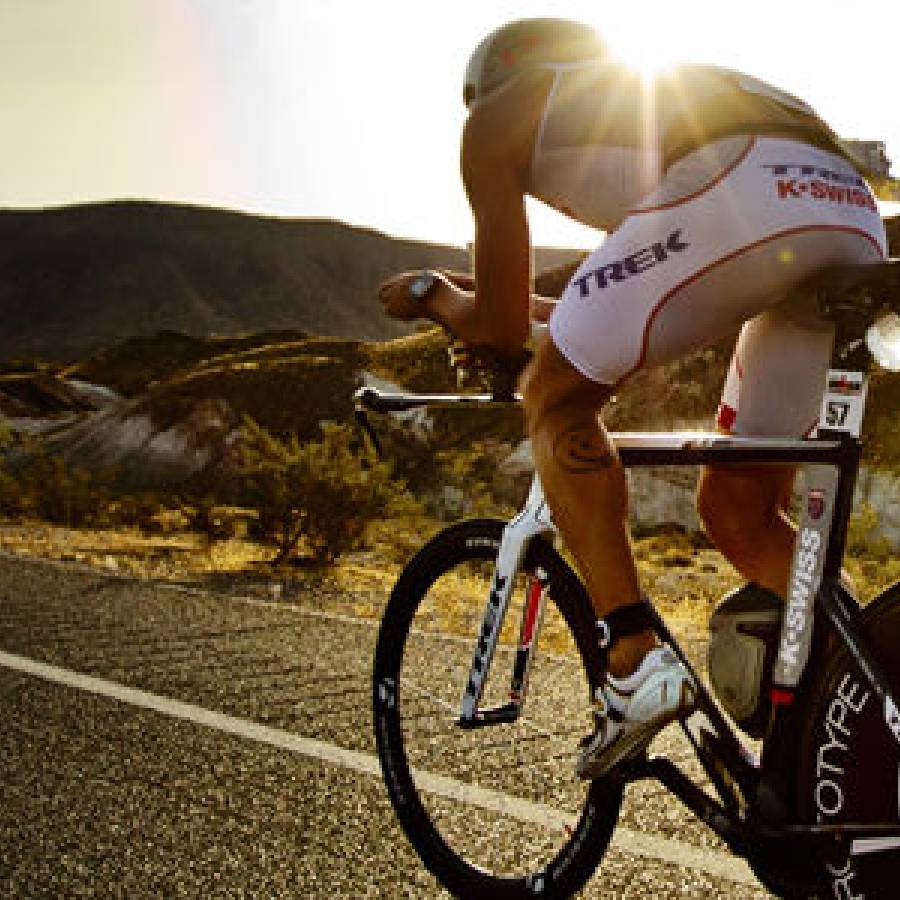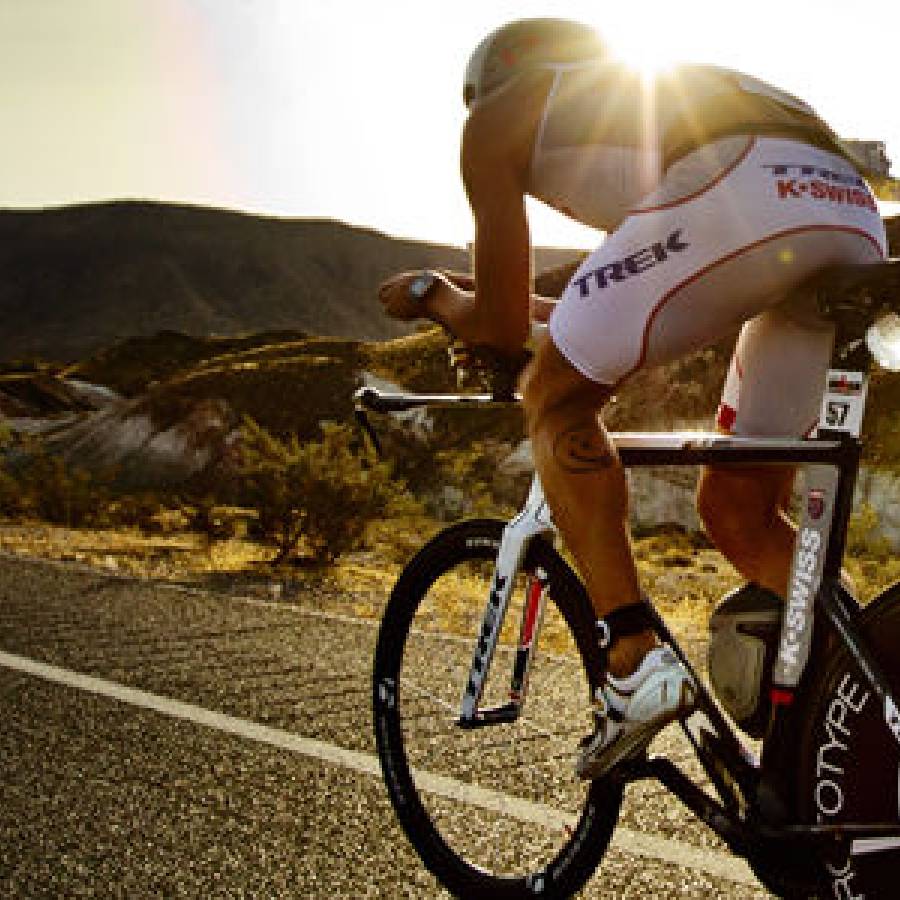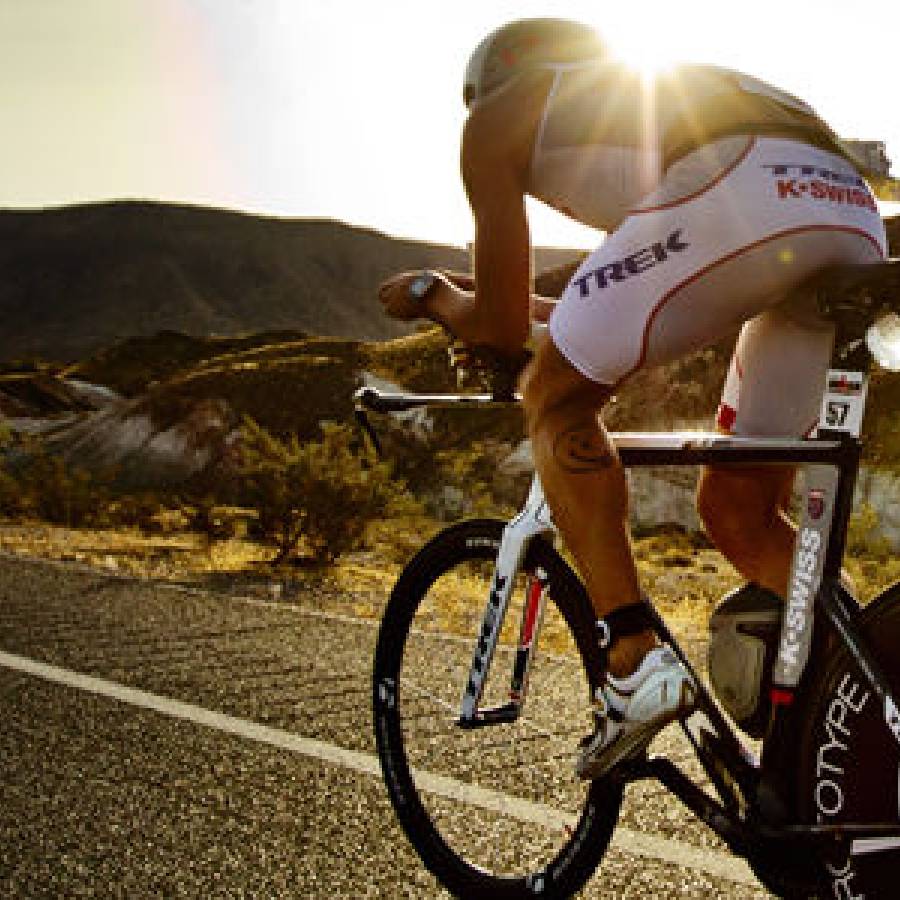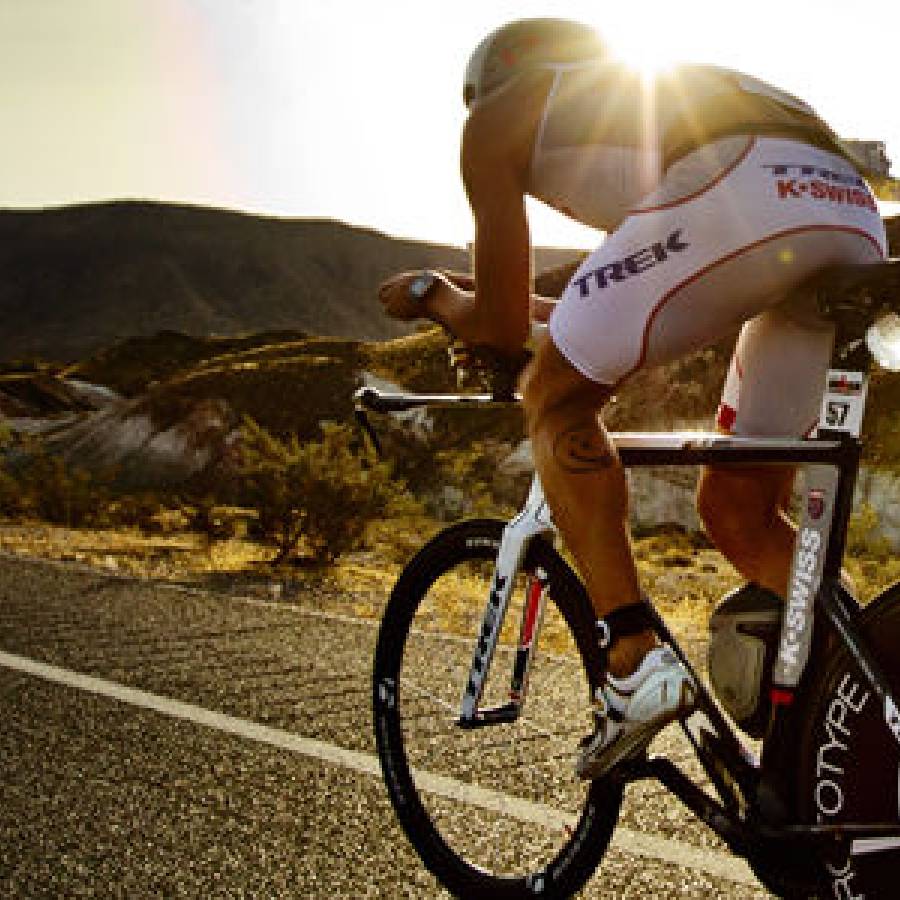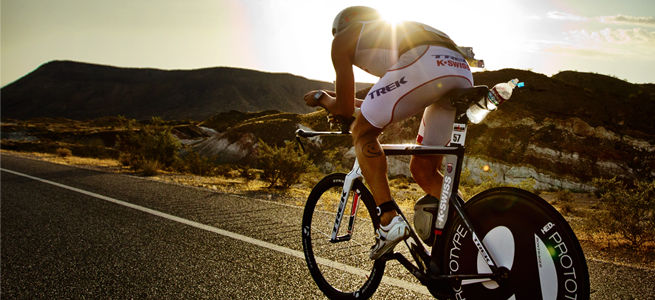
Conventional wisdom says to use both brakes at the same time. This is probably good advice for beginners, who have not yet learned to use their brakes skillfully, but if you don't graduate past this stage, you will never be able to stop as quickly as a cyclist who has learned to use the front brake as the primary stopping brake. In an emergency, the fastest you can stop any bike of normal wheelbase is to apply the front brake so hard the rear wheel is just about to lift off the ground. In this situation, the rear wheel is unable to contribute stopping power because it has no traction. In a non emergency, the front brake should be used (primarily) for stopping while the rear brake is used for control.
The rear brake becomes a greater contributor to braking when traction is poor, or when your front tire goes flat. For stopping on dry pavement, the front brake alone provides the maximum stopping power. If you take the time to learn to use the front brake correctly, you will be a safer cyclist. Many cyclists shy away from using the front brake, due to fear of flying over the handlebars. This does happen, but mainly to people who have not learned to modulate the front brake or position their body accordingly.
Typical "over-the-bars" crash is caused, not so much by braking too hard, but by braking hard without using the rider's arms ready to brace against the deceleration: The bike stops, the rider keeps going until the rider's thighs bump into the handlebars, and the bike, which is no longer supporting the weight of the rider, flips. Always be ready to brake and always means your body position is always important.
Using your rear brake takes twice as long to stop as using your front so in some cases reliance on the rear brake may be unsafe for cyclists who go fast. It is important to use your arms to brace yourself securely during hard braking. Good technique involves moving back on your saddle as far as you can comfortably go, to keep the center of gravity as far back as possible. This applies whether you are using the front, rear or both brakes.
Using both brakes together may cause "fishtailing." If the rear wheel skids while braking force is also being applied to the front, the rear of the bike will tend to swing past the front, since the front is applying a greater decelerating force than the rear. Once the rear tire starts to skid, it can move sideways as easily as forward. Skidding the rear wheel also wears the rear tire very quickly.
When to Use The Rear Brake? Skilled cyclists use the front brake alone probably 95% of the time, but there are instances when the rear brake is preferred; slippery surfaces. On good, dry pavement, unless leaning into a turn, it is impossible to skid the front wheel by braking. On slippery surfaces, however, it is possible. A front wheel skid almost always leads to a fall. If there is a high risk of skidding, you're better off controlling your speed with the rear brake.
Bumpy surfaces. On rough surfaces, your wheels may actually bounce up into the air. If there is a chance of this, don't use the front brake. If you ride into a bump while applying the front brake, the bicycle will have a harder time mounting the bump. If you apply the front brake while the wheel is airborne, it will stop, and coming down on a stopped front wheel is a Very Bad Thing.
Front flat. If you have tire blowout or a sudden flat on the front wheel, you should use the rear brake alone to bring yourself to a safe stop. Braking a wheel that has a deflated tire can cause the tire to come off the rim, and is likely to cause a crash.
On long, straight mountain descents, your front brake hand may get tired, or you may be at risk of overheating a tire and blowing it out, so it is best to spread the work between both brakes. Pumping the brakes, alternating between one and the other, will briefly heat the surface of each rim more and dissipate more heat before it spreads inwards to the tires. When sharp deceleration is needed, the front brake is more effective, as usual.
When leaning in a turn, traction is shared between braking and turning. Using both brakes together reduces the likelihood that one wheel or the other will skid and dump you. The steeper you lean, the less you can brake, so moderate your speed before a curve. When you are leaning deeply, you need to release the brakes entirely.
Source: http://www.sheldonbrown.com/




